There are a huge number of fabrics, some are needed for linen and clothing, others for furniture and home decoration. This article talks about what coarse fabric is and where it is used.
Types of dense cotton fabrics
Basically, the most popular fabrics are made from cotton:
- Batiste is a very thin material with low density, made from combed threads that are woven together. The material is quite expensive, lace underwear and pillowcases are made from it;
- Marquisette - somewhat similar to cambric, only the threads are more intertwined. The density is 5 times higher than that of cambric. Marquisette is used to make pastels and curtains;
- Volta is a smoother, silkier material with a high density. It is also made from combed threads intertwined with each other. This fabric is used to make light sarafans and underwear;
- Percale is a delicate, thin fabric with increased density. It is soft and smooth to the touch. It is quite wear-resistant and does not shrink when washed;
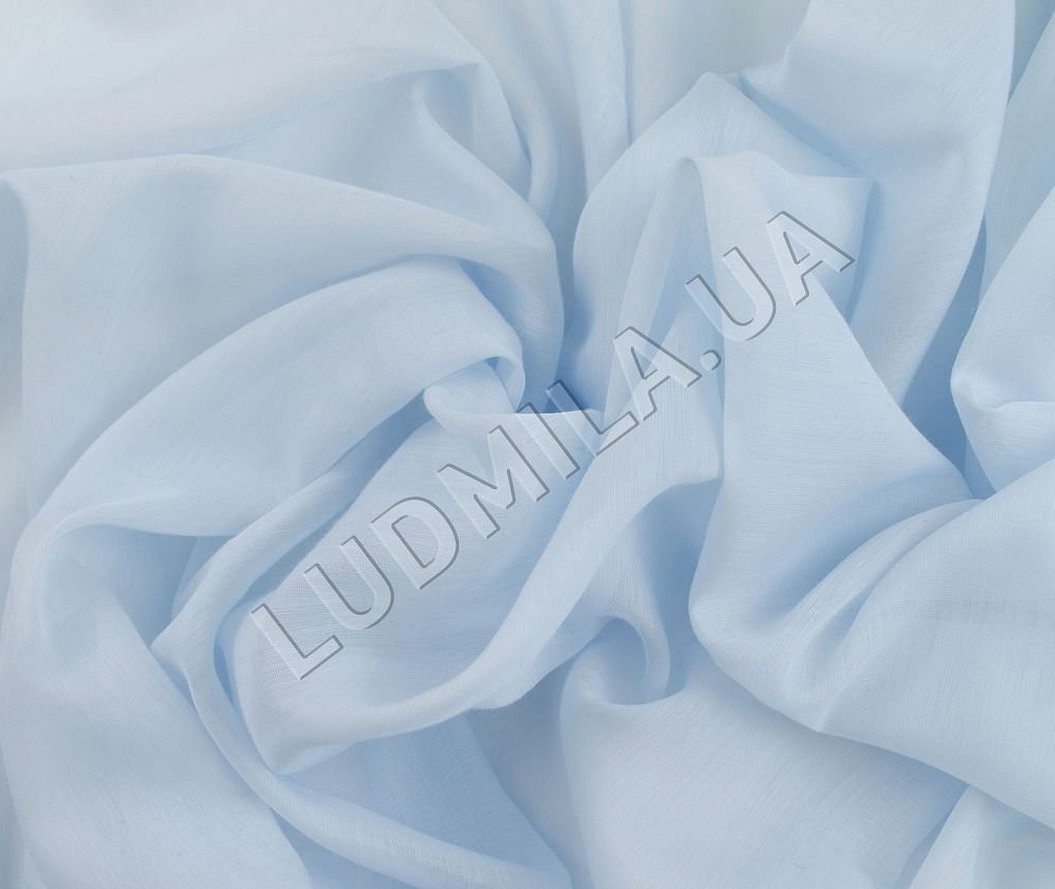
- Poplin - this material is made using plain weaving. Sometimes untwisted threads are used. Basically, only underwear is made from this fabric;
- Taffeta is a soft silk material made from tightly twisted combed thread using plain weave. Such materials are used to make festive items;
- Krashe is a soft material with a slightly "bumpy" surface. It is made from combed threads, using a rare type of weave, special treatment with solutions. It may contain gold threads. Evening dresses are made from this fabric;
- Kiseya - refers to a type of gas materials. This is a fairly light transparent fabric of linen type. In the manufacturing process, straight weft fibers are twisted in pairs. It is used to decorate curtains or outfits;
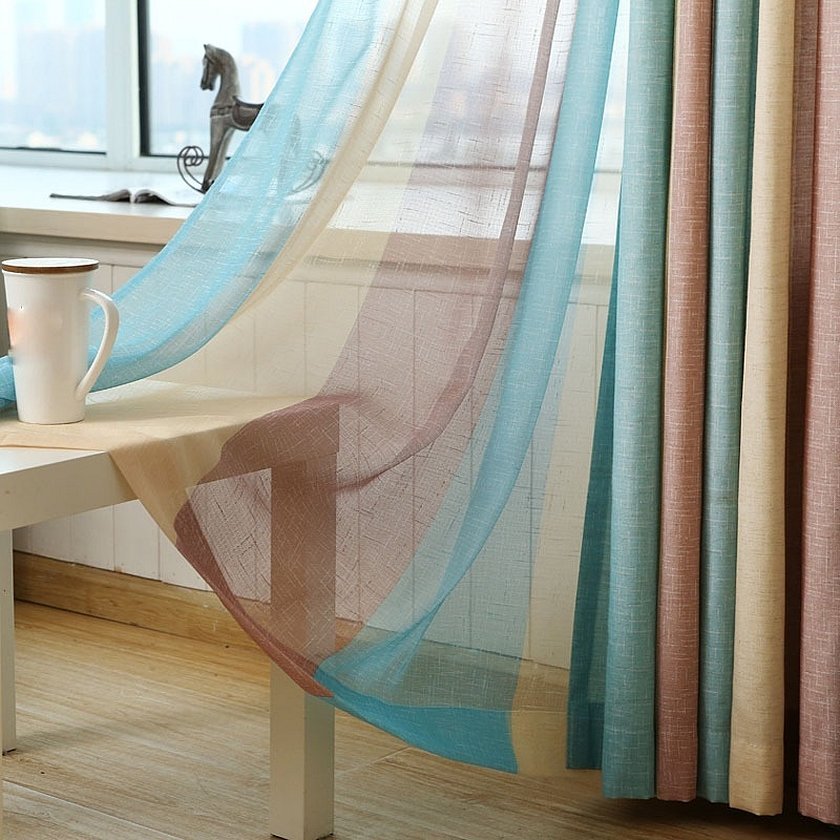
- Tulle is a smooth material with a fine mesh. It is made on special machines. It is used to make tutus, curtains and drapes;
- Guipure is a lace material made from thin yarn. It is produced in different ways: by cutting off excess threads, dissolving the frame threads of the design after it has been completed. In factories, it is produced on spinning machines;
- Combed satin - made from combed threads, through a satin weave. It is used to create bed linen, T-shirts or towels;
- Denim is a coarse cotton fabric used mainly to make jeans and jackets.
Most products are made from medium-staple cotton.
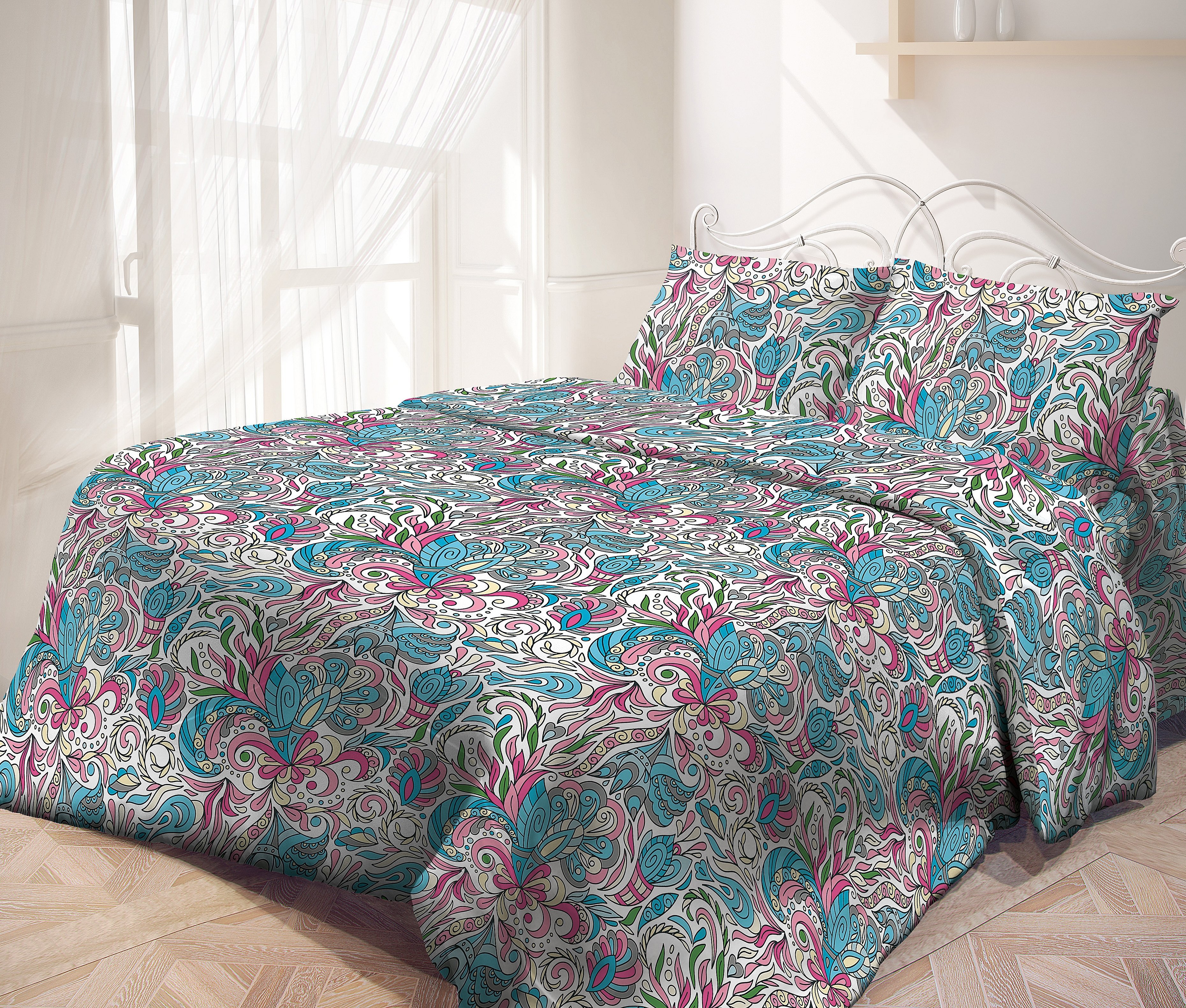
Coarse cotton fabric is made by interweaving threads.
- Chintz is the most common material, made from medium-weave threads. This material is used to sew light items, summer clothes, underwear and curtains;
- Calico materials - also like chintz, have a plain weave. According to the type of finishing, it is divided into soft muslin and hard madapolam. Household items are made from such materials;
- Calico is a 100% dense cotton fabric. In foreign versions of fabrics, synthetic threads may be added. They are made according to other standards. The threads in the fabric are woven very tightly. There are several types of calico, which differ in density. Calico itself is hard and rough. The price is quite low, compared to other materials;
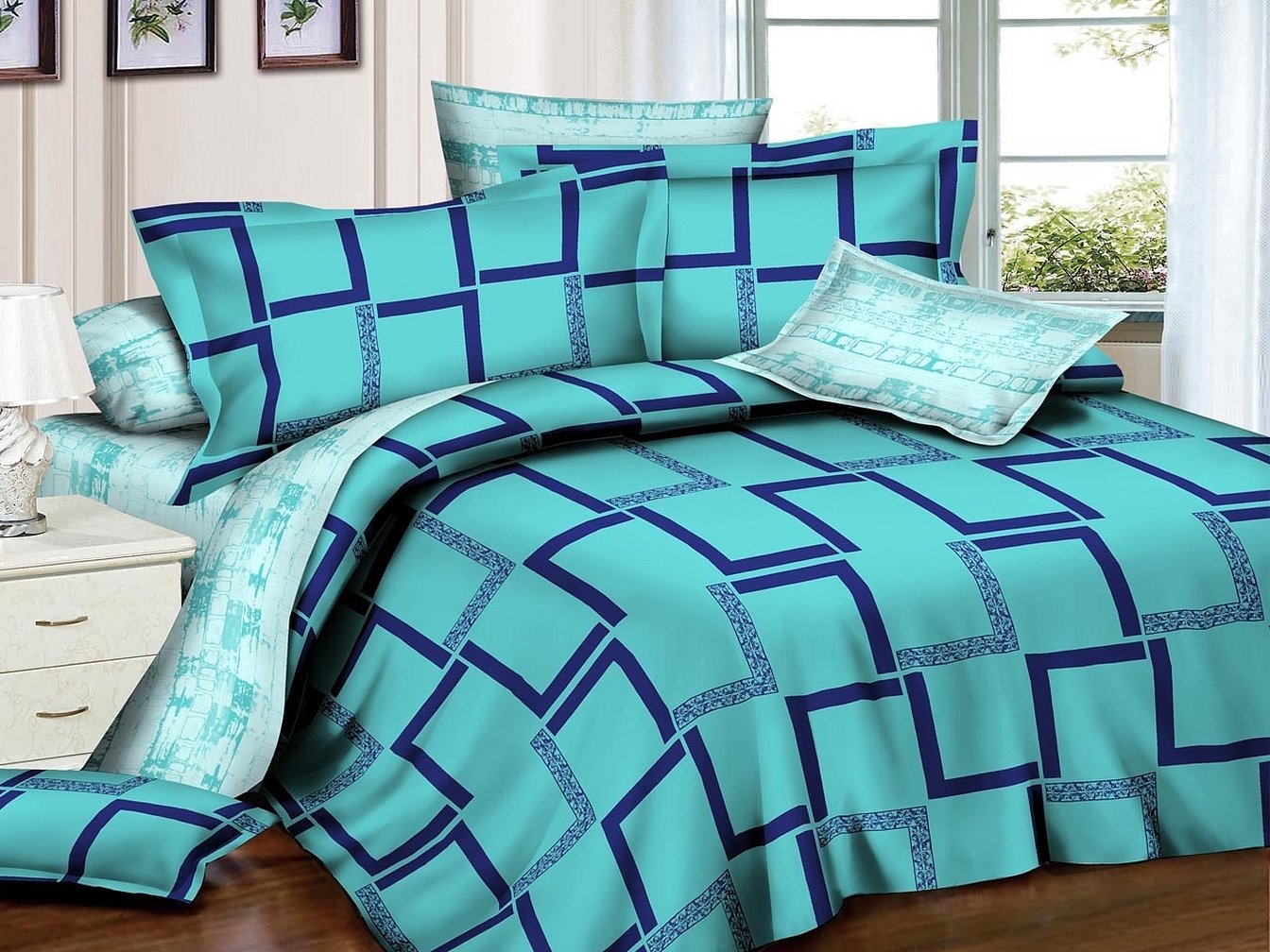
- Carded satin is a dense material made from stronger threads than combed satin. Mercerized and non-mercerized types of fabric are produced.
- Cretonne is a dense fabric made of dyed threads, woven in a linen pattern. The result is patterns of stripes and diamonds. It is mainly used for furniture upholstery;
- Tricot is a coarse material made from fine twill or delicately patterned fibers. Sometimes it contains a thin twisted thread. Trousers and tricot are made from this material.
Types of dense linen fabrics
Coarse linen fabric differs in the way it is finished: raw, boiled, semi-white, bleached, smooth, and motley melange.

The type of weave is the most essential property for a material, determining the appearance and various characteristics of the product.
Story
The first examples of such fabrics were found in the 7th century in Switzerland. These fabrics are now kept in various museums. In the past, linen products were more popular than clothing made from animal fur or skins. Coarse fabrics include burlap and jute, which were less common at that time.
Linen is used to make oil, threads, clothing, and various lace underwear. Products made from it are antiallergenic, wear-resistant, and do not shed over the years.
The production of linen materials began in India, more than 8,000 years ago. It was from that time that flax began to be used for making things.

After India, coarse Persian fabric was produced in Egypt and Persia. Egypt was especially famous for the production of linen products, where they made thin, almost transparent products, they completely showed through the body.
For a very long time, linen products were noble and had a high price. Only people from royal families bought such things. In Rus', flax began to gain popularity only after the 9th century. Already in the 18th century, it was as popular as bread production
When hand weaving disappeared, the prices of fabrics fell dramatically. Today, the best quality linen can be bought in Spain, Italy, and Sweden. American factories have also succeeded in production.
In our country, flax is produced at a high level, but is considered one of the inexpensive materials. In Europe, flax is more of an expensive material, and the manufacturing technology has changed significantly over the centuries.
Please note! The raw material is initially dried, then processed and ground. Then it is softened in the rossa. It can lie there for months. The weather plays a big role. After all, the flax must be pulled out and only then made into cloth.
Production
Growing flax is quite a complicated business, but the process of making fabrics is easier and more enjoyable:
- First, you need to collect the plants and process them into straw;
- Next, it is spread out on the field for several weeks so that it is soaked with dew and the fibers can be easily separated from it;
- After the straw has lain in the dew, it must be dried and shaken to obtain a straw;
- It is combed out and made into a ribbon, and from the ribbon an interwoven thread is obtained;
- From such thread, using the plain weaving method, a fabric of material is made;
- The finished product can be bleached or painted.
But to obtain high-quality fiber, it is necessary to follow all the rules for growing this plant, otherwise, in the end, the product will be brittle and will quickly deteriorate.
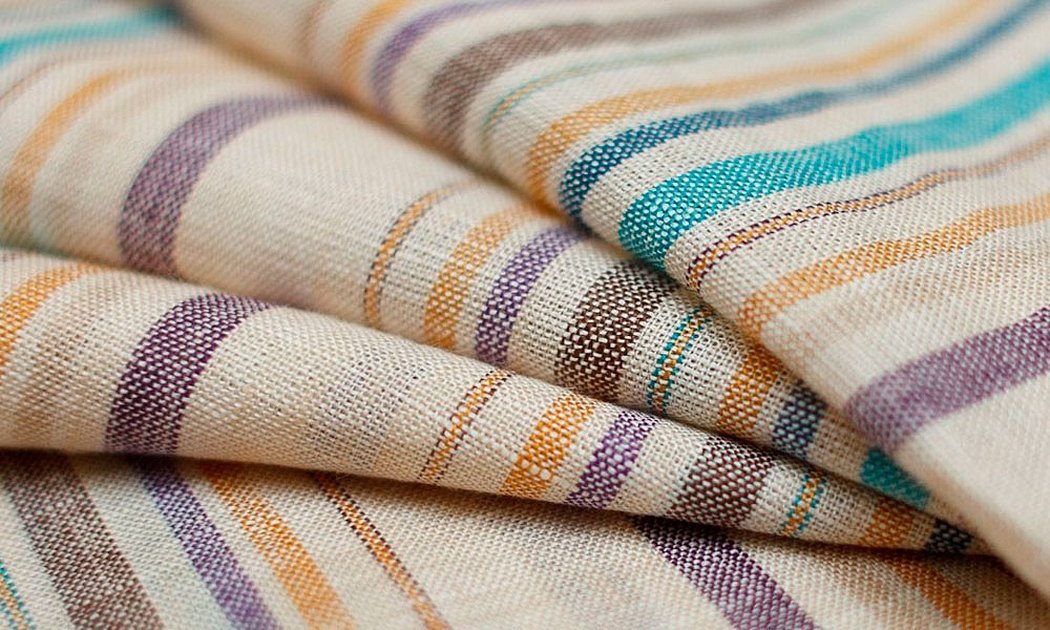
Properties
The properties of such fabric include high strength and resistance to abrasion. When wet, the strength is additionally increased by 15% depending on the type of raw material. Elasticity and stretchability of linen materials are very low.
Physical characteristics include increased hygroscopicity (up to 15%), swelling ability (fibers can increase by 35%), heat resistance (withstands over 100 degrees), and resistance to ultraviolet radiation.
Chemical resistance is the highest. Flax fibers withstand the action of substances. After various treatments, the fabric softens. But alkali dissolves it, and the material loses strength.

Care
It is very easy to care for such fabrics. Due to the fact that the fabric is natural, it can shrink, so before work, the material must be decated. Materials with neutral colors (white, black) can be washed in hot water. Colored items should preferably be washed at a temperature not exceeding 50 degrees. Spinning at high speeds is prohibited, because it will be difficult to smooth out creases.
Density of wool and silk fabrics
One meter of silk fabric weighs 70 grams, thinner ones 40 grams. Products made of natural silk are mainly made with low density, plain weave, smooth with different colors, as well as with a printed pattern, sometimes variegated. The density of such fabrics will be 81.81 g / sq.m.
Wool is used for sweaters and various suits, has a density of 150-300 g/m2.
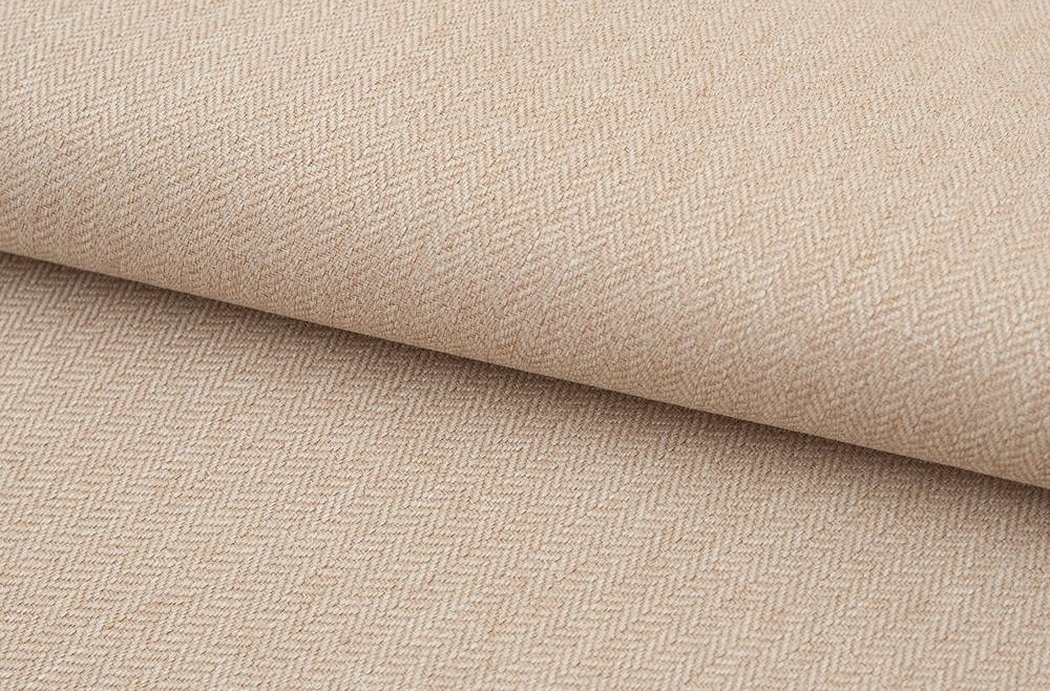
Dense furniture fabrics
The upholstery material will be natural if it contains at least 25% natural fibers.
Wool for upholstery is made from natural animal fur, such as sheep or goat. It is clean, warm enough material, resistant to dirt and odor. If the wool is dense, it does not let drafts through.
Cotton is a plant fiber that is sensitive to the sun. It quickly absorbs water, “remembers” its shape after heating, and quickly wrinkles, so it is not suitable for upholstery.
Please note! Linen is a plant-based and smooth material, has a high density, which is why it is often used to upholster sofas and armchairs.

Rough fabrics are great for furniture or outerwear. Linen is most often used in production, it is inexpensive and easy to care for.




